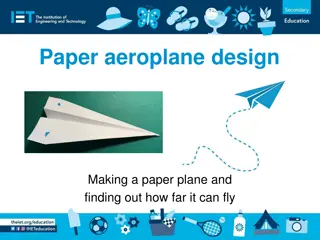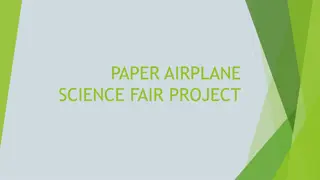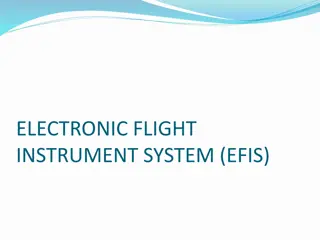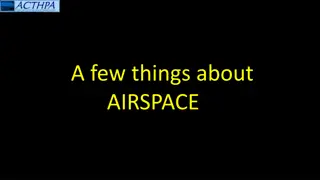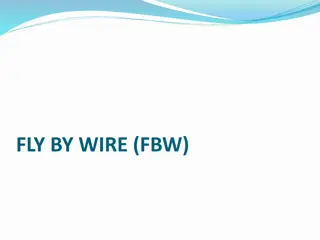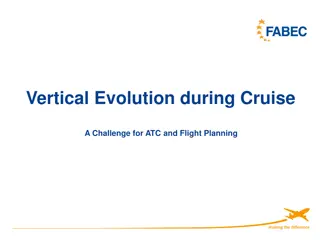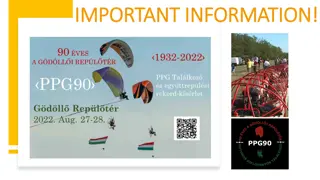Understanding Electronic Flight Instrument Systems (EFIS)
An Electronic Flight Instrument System (EFIS) revolutionizes the way flight data is displayed electronically. Consisting of a Primary Flight Display (PFD), Multi-Function Display (MFD), and Engine Indicating and Crew Alerting System (EICAS), EFIS enhances pilot workflow and cockpit efficiency. The transition from older electromechanical instruments to modern EFIS, like the G1000, has streamlined flight information presentation, benefiting aircraft like the B737.
Download Presentation

Please find below an Image/Link to download the presentation.
The content on the website is provided AS IS for your information and personal use only. It may not be sold, licensed, or shared on other websites without obtaining consent from the author. Download presentation by click this link. If you encounter any issues during the download, it is possible that the publisher has removed the file from their server.
E N D
Presentation Transcript
EFIS Electronic Flight Instrument System An electronic flight instrument system (EFIS) is a flight deck instrument display system that displays flight data electronically rather than electromechanically. An EFIS normally consists of a primary flight display (PFD), multi-function display (MFD), and an engine indicating and crew alerting system (EICAS) display. Early EFIS models used cathode ray tube (CRT) displays, but liquid crystal displays (LCD) are now more common. The complex electromechanical attitude director indicator (ADI) and horizontal situation indicator (HSI) were the first candidates for replacement by EFIS. Now, however, few flight deck instruments cannot be replaced by an electronic display.
PFD Primary Flight Display A primary flight display or PFD is a modern aircraft instrument dedicated to flight information. Much like multi-function displays, primary flight displays are built around an Liquid-crystal display or CRT display device. Representations of older six pack or "steam gauge" instruments are combined on one compact display, simplifying pilot workflow and streamlining cockpit layouts.







